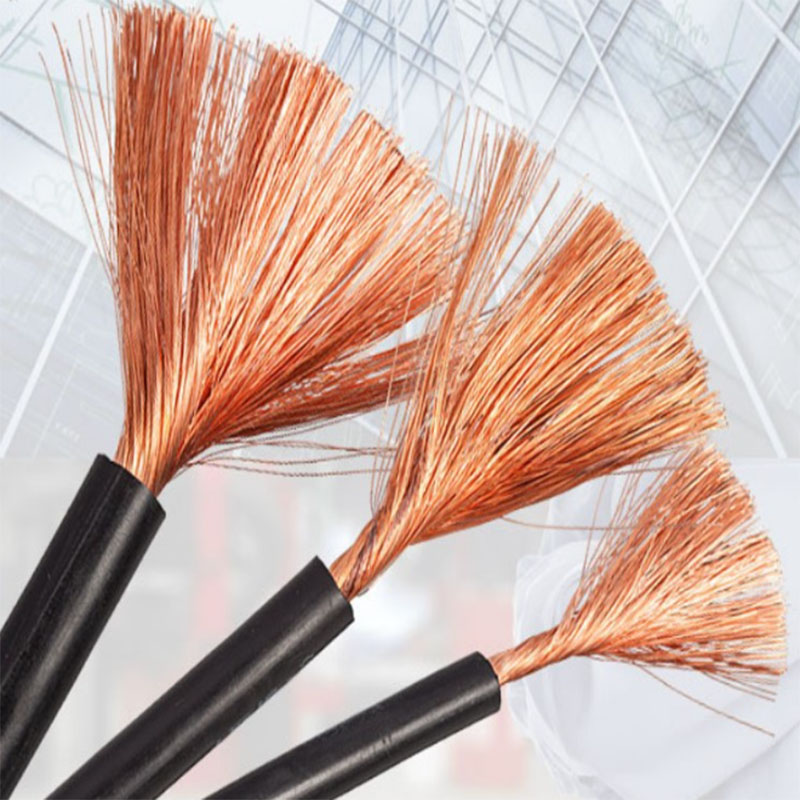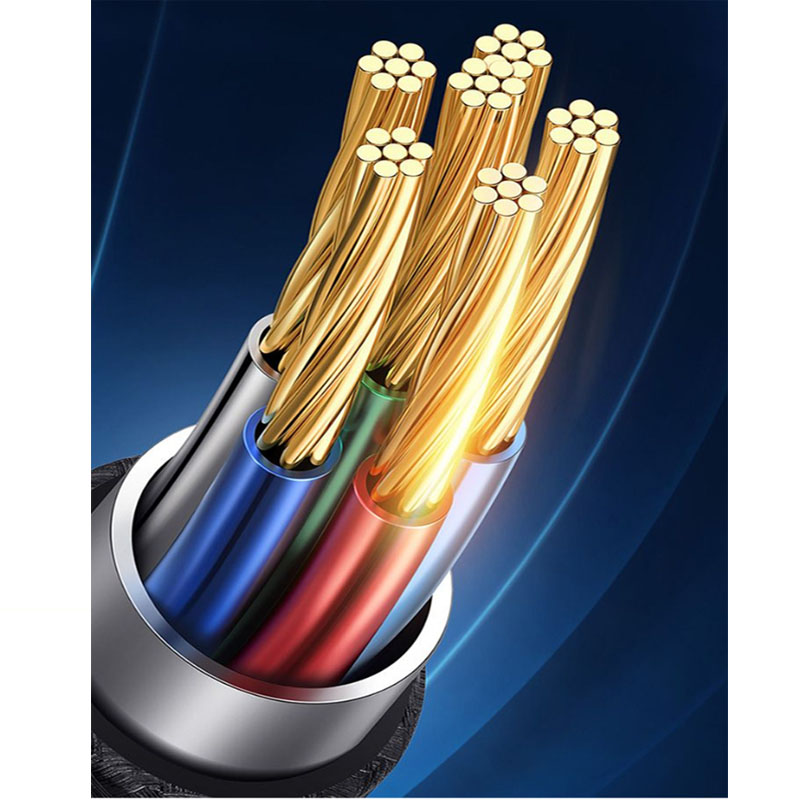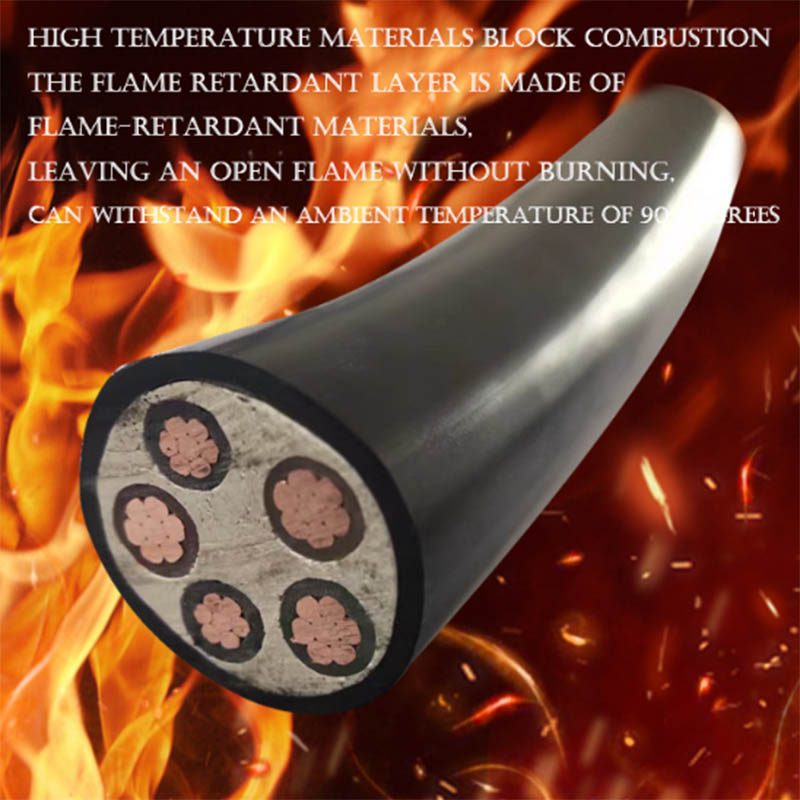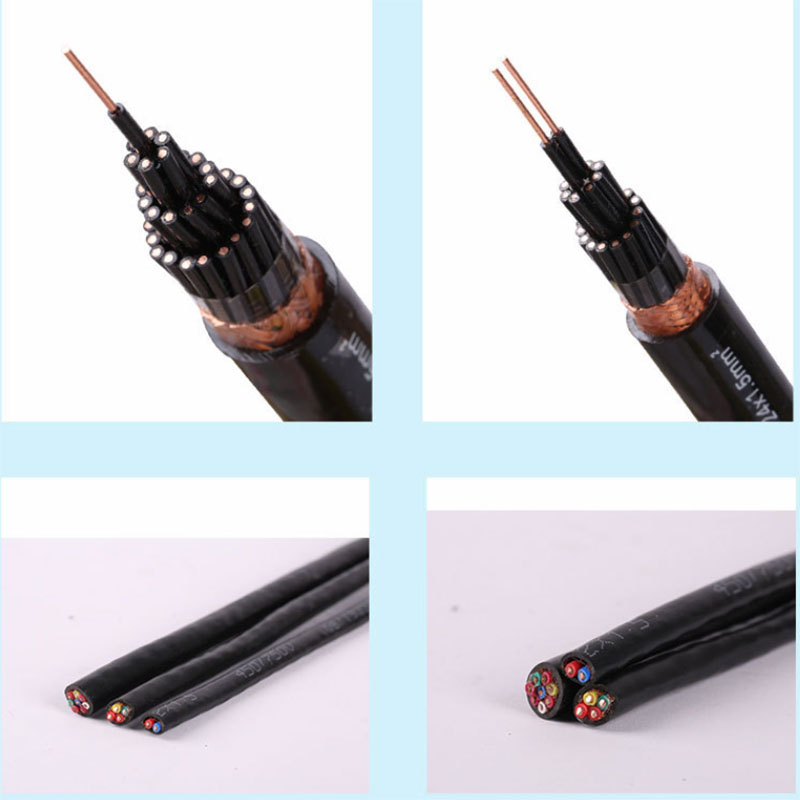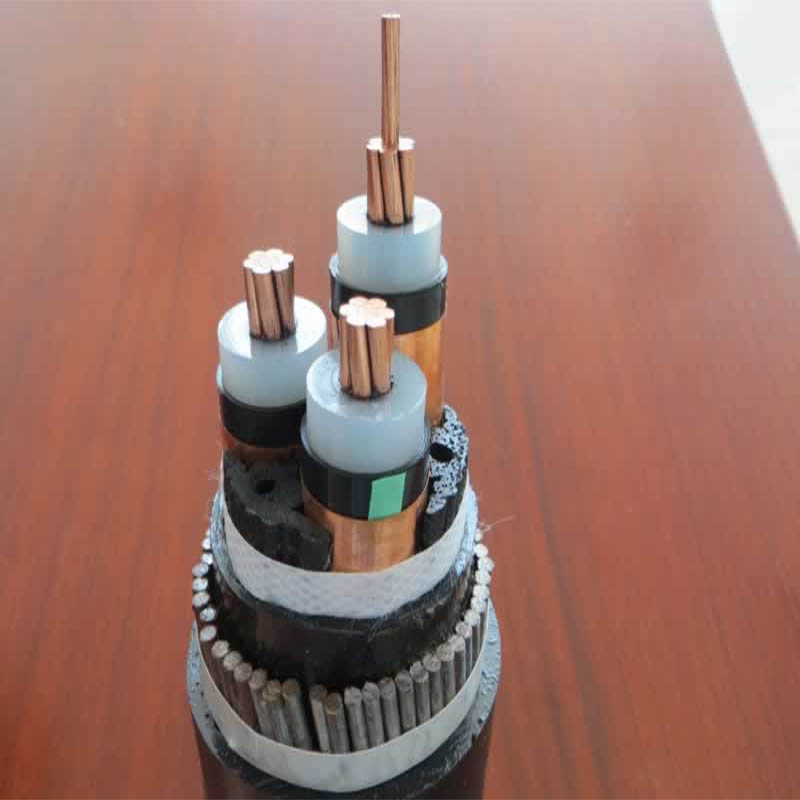The demand for low smoke fire-resistant cables has gained significant momentum in recent years due to the growing emphasis on safety and environmental concerns. These cables are designed to minimize smoke emission and maintain their functionality during a fire incident, making them vital for various applications in residential, commercial, and industrial sectors. In this article, we will explore the development trends that are shaping the low smoke fire-resistant cable industry. 1. Enhanced Fire Performance: One of the prominent trends in the low smoke fire-resistant cable industry is the continuous improvement in fire performance. Cable manufacturers are investing in research and development to develop innovative materials and technologies that can withstand higher temperatures, reduce flame propagation, and emit minimal smoke and toxic gases. 2. Sustainable Materials: Sustainability is a key focus in the modern world, and the cable industry is no exception. Companies are increasingly adopting environmentally friendly materials for cable production, such as halogen-free compounds and recyclable insulation materials. This shift not only reduces the environmental impact but also ensures compliance with strict regulations governing hazardous substances. 3. Advanced Manufacturing Processes: Automation and digitalization are revolutionizing the cable manufacturing process. Advanced machinery and robotics are being employed to enhance productivity, improve product quality, and minimize human error. Additionally, computer-aided design (CAD) and simulation tools are being used to optimize cable designs for improved fire resistance and durability. 4. Integration of Smart Technologies: The integration of smart technologies is transforming the way we interact with electrical systems. Low smoke fire-resistant cables are being equipped with intelligent monitoring systems that can detect faults, analyze data, and provide real-time alerts. This enables proactive maintenance, reduces downtime, and enhances overall system reliability. 5. Compliance with Standards and Certifications: As safety regulations become more stringent, compliance with relevant international and regional standards is crucial. Cable enterprises should prioritize obtaining certifications such as the International Electrotechnical Commission (IEC) standards and National Fire Protection Association (NFPA) codes. These certifications enhance customer trust and open doors to new markets. The development of low smoke fire-resistant cables is driven by the need for safer and more sustainable solutions. The industry is witnessing advancements in fire performance, sustainable materials, manufacturing processes, smart technologies, and compliance with standards. As the demand for these cables continues to grow, companies that embrace these trends will not only contribute to a safer environment but also position themselves as frontrunners in this evolving market.
View More

 +8613799243565
+8613799243565













